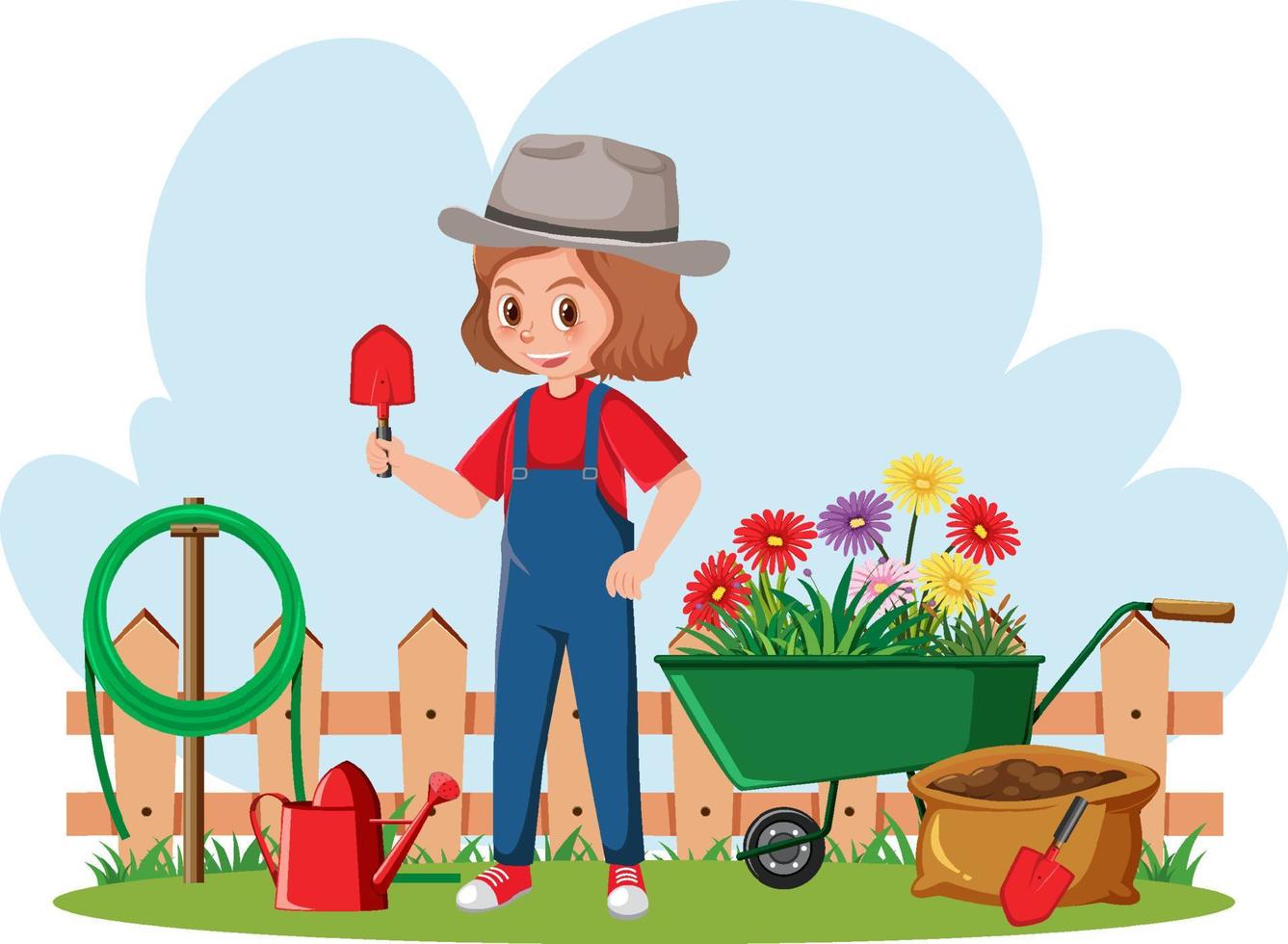New to Gardening? Unlock the Secrets with our Newbie Gardening Tips
Wiki Article
From Beginner to Environment-friendly Thumb: A Step-by-Step Journey Through the Art of Horticulture
:max_bytes(150000):strip_icc()/close-up-of-a-women-watering-vegetables-in-a-raised-bed-1407277094-c63fd1ff0a21406ebf17c51ac6c6f2d1.jpg)
Comprehending Your Gardening Room
To begin your gardening trip, it is important to comprehend the unique features and restrictions of your gardening room. Take a moment to observe your environments. Is your area small or huge? Is it subjected to full sunlight or does it receive partial color? Are there any kind of particular challenges you may deal with, such as poor dirt quality or restricted water availability? Understanding these aspects will aid you make educated decisions about the kinds of plants that will prosper in your space.Consider the size of your horticulture location. You might need to focus on container gardening or vertical horticulture to optimize your expanding location if you have a small space. On the other hand, if you have a big area, you have the deluxe of growing a range of plants and developing various areas within your yard.
If your space is shaded, you can decide for shade-loving plants like hostas or brushes (newbie gardening). If your area gets full sun, you can grow a vast array of plants, consisting of veggies, natural herbs, and flowers.
Last but not least, take into consideration any type of restrictions or challenges certain to your area. If your soil top quality is inadequate, you may need to modify it with compost or choose plants that are forgiving of less-than-ideal conditions. If water is scarce, you can opt for drought-tolerant plants or apply water-saving methods like mulching.
Selecting the Right Plants for Your Yard
Select plants that are appropriate to your yard's unique conditions and your individual choices. When choosing plants for your garden, it is crucial to take into consideration elements such as sunshine, dirt kind, and climate. Some plants prefer well-drained dirt, while others flourish in clay-like or moist soil.It's also worth thinking about the maintenance level of the plants you pick. Some plants require more care and focus, while others are much more low-maintenance.
Preparing the Soil for Growing
First, evaluate the condition of your dirt to establish if any changes or improvements are needed. The top quality of your dirt is critical for the success of your yard. Start by checking the texture of the dirt. Is it sandy, fertile, or clayey? Sandy soil drains quickly, while clayey dirt maintains water. Loamy soil is the optimal equilibrium in between both. Next, inspect the pH level of your dirt. Most plants choose a somewhat acidic to neutral pH, around 6.0 to 7.0. If your dirt is too acidic or alkaline, you may require to change it making use of soil modifications such as lime or sulfur. Additionally, you ought to take into consideration the nutrition material of your dirt. If any kind of crucial nutrients are doing not have, Conduct a dirt examination to figure out. This will aid you choose which fertilizers or organic issue to add. Last but not least, guarantee that your dirt is well-draining. Poorly drained pipes dirt can cause water logged roots and various other plant wellness issues. If essential, boost drainage by including raw material like compost or peat moss. By evaluating and making needed amendments to your soil, you can develop an optimal environment for your plants to grow.Nurturing and Keeping Your Garden
Make sure to sprinkle your plants deeply, allowing the water to pass through the soil and get to the roots. Normal weeding is likewise vital to keep your garden totally free from undesirable plants that complete for nutrients and area. Routinely examine your plants for any type of indications of problem or health problem and take instant action to protect against more damages.Troubleshooting Common Horticulture Issues
To resolve common horticulture problems, beginning by identifying the trouble and taking immediate action. Among the most typical concerns gardeners deal with is parasites. If you discover eaten fallen leaves or plants that are wilting for no evident factor, you may have a bug problem. Inspect your plants carefully for indications of insects or other insects. If you detect any, remove them manually or utilize natural pest control methods. One more common problem is nutrient deficiency. If your plants have actually yellow or tarnished fallen leaves, they might not be obtaining adequate nutrients. Consider fertilizing your soil or adding compost to improve its nutrient content. Overwatering is another issue that can harm your plants. If you notice waterlogged dirt or wilting regardless of ample watering, you might be overwatering. Change your watering schedule accordingly and guarantee proper drainage. Ultimately, condition can additionally impact your garden. It might be a sign of disease if you see places, mold, or unusual development on your plants. Eliminate impacted plants and treat the continuing to be ones with natural fungicides or pesticides. By promptly addressing these usual problems, you can guarantee the health and success of your yard.Conclusion
Congratulations! You have actually effectively finished https://www.newbiegardening.com/ the journey from newbie to green thumb in the art of horticulture. By understanding your gardening room, choosing the right plants, preparing the dirt, and nurturing your yard, you have gotten rid of common gardening concerns like a pro. Now, equipped with knowledge and experience, you prepare to appreciate the charm and abundance of your growing garden. Maintain up the great work and remain to cultivate your eco-friendly thumb!
When picking plants for your yard, it is crucial to consider factors such as sunshine, dirt type, and environment. Some plants like well-drained soil, while others thrive in wet or clay-like soil (newbie gardening). By recognizing your gardening space, picking the right plants, preparing the dirt, and nurturing your yard, you have gotten over typical gardening problems like a pro
Report this wiki page